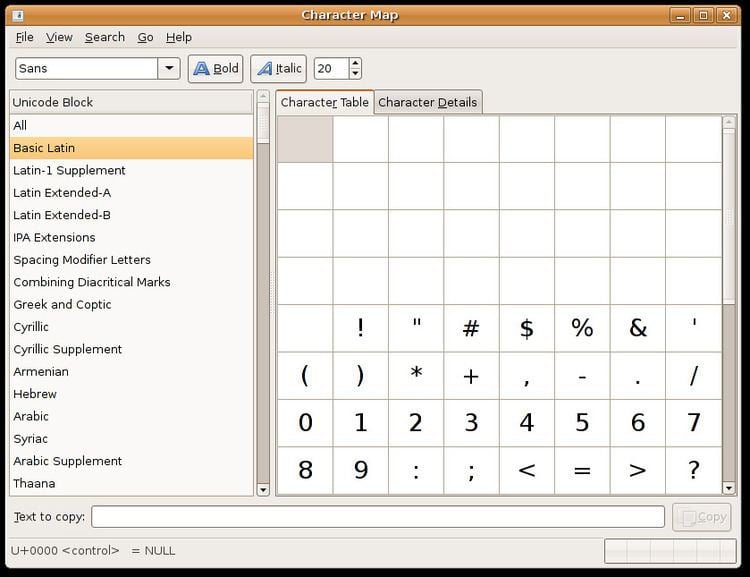 | ||
The International Alphabet of Sanskrit Transliteration (I.A.S.T.) is a transliteration scheme that allows the lossless romanization of Indic scripts as employed by Sanskrit and related Indic languages. It is based on a scheme that emerged during the nineteenth century from suggestions by Sir Charles Trevelyan, Sir William Jones, Sir Monier Monier-Williams and other scholars, and formalised by the Transliteration Committee of the Geneva Oriental Congress, in September 1894. IAST makes it possible for the reader to read the Indic text unambiguously, exactly as if it were in the original Indic script. It is this faithfulness to the original scripts that accounts for its continuing popularity amongst scholars.
Contents
Use
University scholars commonly use IAST in publications that cite textual material in Sanskrit, Pāḷi and other classical Indian languages.
IAST is also used for major e-text repositories such as SARIT, Muktabodha, and GRETIL.
The IAST scheme represents more than a century of scholarly usage in books and journals on classical Indian studies. By contrast, the ISO 15919 standard for transliterating Indic scripts emerged in 2001 from the standards and library worlds and includes solutions to problems such representing Old Indo Aryan and New Indo Aryan languages side-by-side in library catalogues, etc. For the most part, ISO 15919 followed the IAST scheme, and departed from it only in minor ways (e.g., ṃ/ṁ and ṛ/r̥). See comparison below.
The Indian National Library at Kolkata romanization, intended for the romanization of all Indic scripts, is an extension of IAST.
Inventory and conventions
The IAST letters are listed with their Devanāgarī equivalents and phonetic values in IPA, valid for Sanskrit, Hindi and other modern languages that use Devanagari script, but some phonological changes have occurred:
The highlighted letters are those modified with diacritics: long vowels are marked with an overline, vocalic (syllabic) consonants and retroflexes have an underdot.
Unlike ASCII-only romanizations such as ITRANS or Harvard-Kyoto, the diacritics used for IAST allow capitalization of proper names. The capital variants of letters never occurring word-initially (Ṇ Ṅ Ñ Ṝ) are useful only when writing in all-caps and in Pāṇini contexts for which the convention is to typeset the IT sounds as capital letters.
Comparison with ISO 15919
For the most part, IAST is a subset of ISO 15919 that merges: the retroflex (underdotted) liquids with the vocalic ones (ringed below); and the short close-mid vowels with the long ones. The following seven exceptions are from the ISO standard accommodating an extended repertoire of symbols to allow transliteration of Devanāgarī and other Indic scripts, as used for languages other than Sanskrit.
Computer input by selection from a screen
Further Information: Unicode input#Selection from a screen
Many systems provide a way to select Unicode characters visually. ISO 14755 refers to this as a screen-selection entry method.
Microsoft Windows has provided a Unicode version of the Character Map program (find it by hitting ⊞ Win+R then type charmap then hit ↵ Enter) since version NT 4.0 – appearing in the consumer edition since XP. This is limited to characters in the Basic Multilingual Plane (BMP). Characters are searchable by Unicode character name, and the table can be limited to a particular code block. More advanced third-party tools of the same type are also available (a notable freeware example is BabelMap).
macOS provides a "character palette" with much the same functionality, along with searching by related characters, glyph tables in a font, etc. It can be enabled in the input menu in the menu bar under System Preferences → International → Input Menu (or System Preferences → Language and Text → Input Sources) or can be viewed under Edit → Emoji & Symbols in many programs.
Equivalent tools – such as gucharmap (GNOME) or kcharselect (KDE) – exist on most Linux desktop environments.
Font support
Only certain fonts support all Latin Unicode characters for the transliteration of Indic scripts according to the ISO 15919 standard. For example, Tahoma supports almost all the characters needed. Arial and Times New Roman font packages that come with Microsoft Office 2007 and later also support most Latin Extended Additional characters like ḑ, ḥ, ḷ, ḻ, ṁ, ṅ, ṇ, ṛ, ṣ and ṭ.
